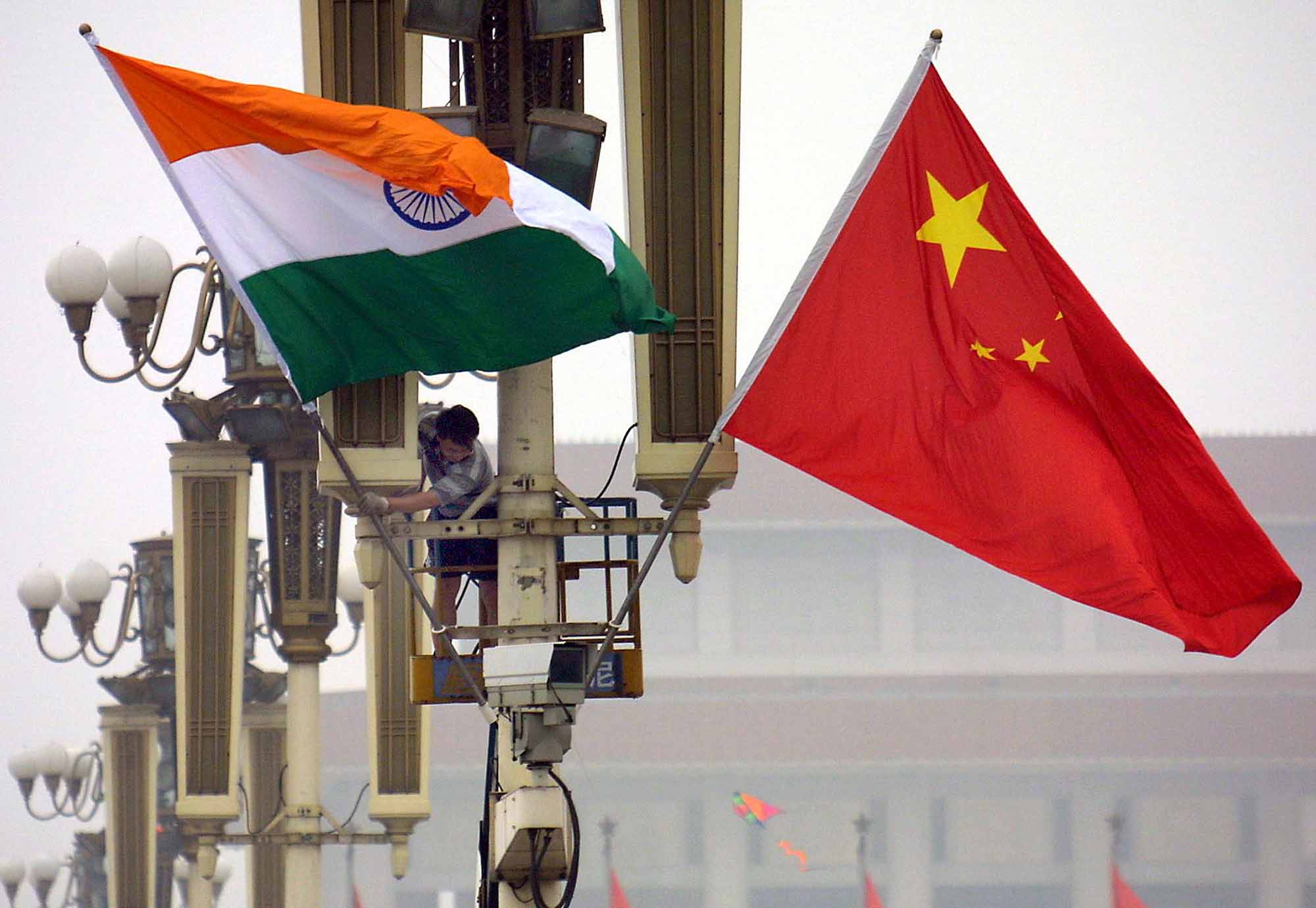Galwan Valley skirmish part of broader expansionist campaign of China: Report
The bloodiest killing of 20 Indian Army personnel by Chinese troops at Patrolling Point 14 of the Galwan region of Western Sector of Ladakh border is part of a broader campaign by China to insert military forces and assert territorial claims over countries in the South Asian region, as per documents obtained by US News and World Report.

Washington D.C. : The bloodiest killing of 20 Indian Army personnel by Chinese troops at Patrolling Point 14 of the Galwan region of Western Sector of Ladakh border is part of a broader campaign by China to insert military forces and assert territorial claims over countries in the South Asian region, as per documents obtained by US News and World Report.
Citing the documents which offered an insight into the Indian government's thinking on the deadly skirmish last month between forces in the Himalayas, Paul D Shinkman, a national security correspondent of US News, said that New Delhi links the latest encounter in Ladakh to "Beijing's sweeping imperialist designs. Its expansionism 'eschews direct military action but resorts to coercive diplomacy by penetrating and undermining sovereignty and economies of many countries."
Shinkman said that the document, which has not been previously published, is supported by some analysts.
And it comes amid US fears that Beijing has successfully exploited the international fallout from the coronavirus pandemic to secure territorial claims along other portions of its border, including in the South China Sea and Hong Kong. "The moves have prompted retaliatory measures from the Trump administration that have escalated this week," the correspondent said further.
At least 20 Indian soldiers lost their lives in the June 15 violent face-off, and American intelligence believes 35 Chinese troops also died, as per the reports.
The incident bore some similarities to prior skirmishes between the two countries, including in 2010 and 2014, as well as a brawl between Indian and Chinese forces in Doklam, a separate part of the border in 2017. "Those incidents, though violent at times, ended relatively peacefully and swiftly," Shinkman said.
"With the latest offensive, India believes Beijing seeks to grab greater control of the mountain regions along China's southwest border - contested territory loosely demarcated by a tentative agreement known as the Line of Actual Control - in an attempt to gain greater accessibility to its partner Pakistan, India's chief rival," he added.
A USD 60 billion deal between the two countries, known as the China-Pakistan Economic Corridor (CPEC) - part of China's broader "Belt and Road" infrastructure initiative - would grant Beijing direct access over the land to the sea through at least two routes in Pakistan.
Beyond expanding China's commercial shipping network, the new routes would also allow Beijing to bypass the Straits of Malacca - a chokepoint between Malaysia and Indonesia that the US Navy closely patrols with its regional allies and partners.
As per the report, the Indian government believes that to create reliable access to those projects in Pakistan, China must first try to oust Indian troops occupying positions in the contested region.
That troop presence "is preventing a military and territorial link-up between China and Pakistan. And China sees it as a security risk to CPEC and all the related investments," according to one of the papers.
The Indian assessment also comes as the Trump administration has ratcheted up pressure on China in recent weeks, issuing retaliatory sanctions against Beijing after it imposed sanctions on a collection of US lawmakers. (ANI)
Also Read |
US condoles death of Indian soldiers killed in face-off with China
 Dynamite News
Dynamite News 